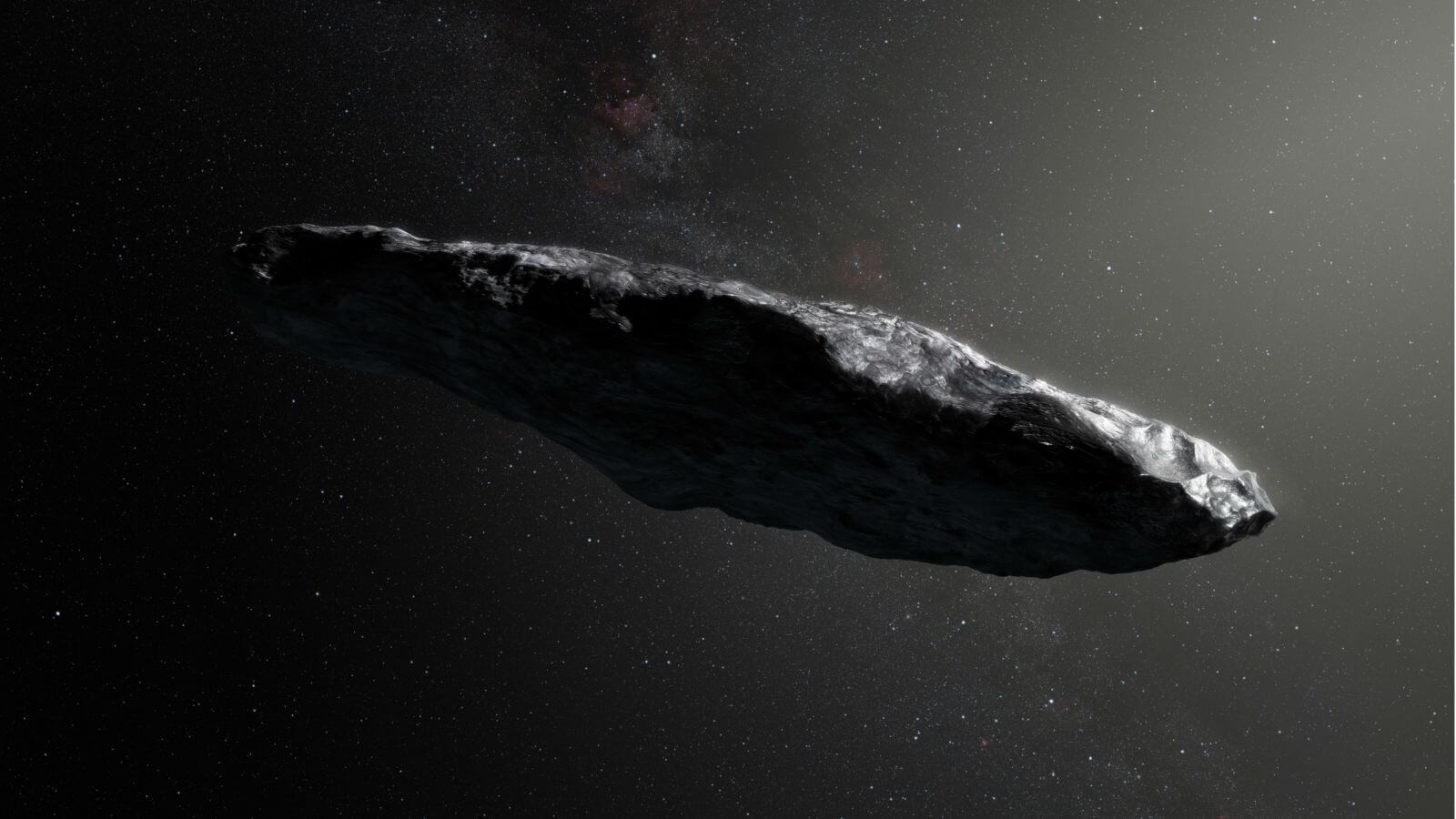On October 19, astronomers working on the Pan STARRS telescope in Hawaii spotted an object that may have originated from a planetary system around another star. Now, it's been confirmed that the asteroid is our first interstellar visitor ever detected that's larger than a mote of dust.
The object has been named "1I/2017 U1 'Oumuamua," the last part roughly translating to "a messenger from afar arriving first" in Hawaiian. As you can see in the image, it's at least ten times longer than it is wide; a ratio more extreme than any asteroid or comet observed in our solar system.
It's been determined that 'Oumuamua is 400m long (around 1312 feet), rapidly rotating and subject to dramatic changes in brightness. Unlike comets, there's no gas or dust surrounding it. While its exact origin is unknown, the asteroid appears to have come from the direction of the constellation Lyra.
It has a "reddish color, similar to objects in the outer Solar System," Dr. Karen Meech, from the Institute for Astronomy in Honolulu, told the BBC. "It is completely inert, without the faintest hint of dust around it."
It's thought that 'Oumuamua is made up of rock and possibly metals, lacks water or ice, and that the red effect on its surface is the result of long-term irradiation from cosmic rays.
While the existence of interstellar objects has been theorized for decades, this is the first direct evidence of one. They're thought to pass through our solar system quite often, but are usually moving too fast and are too faint to see. Because 'Oumuamua entered our solar system at an angle close to the Sun and passed Earth, telescopes were able to spot it.
'Oumuamua is now 124 million miles away from our planet and is increasing that distance by around 85,700 miles every hour. After passing Mars' orbit on November 1, it's set to reach Jupiter's orbit sometime next year.
